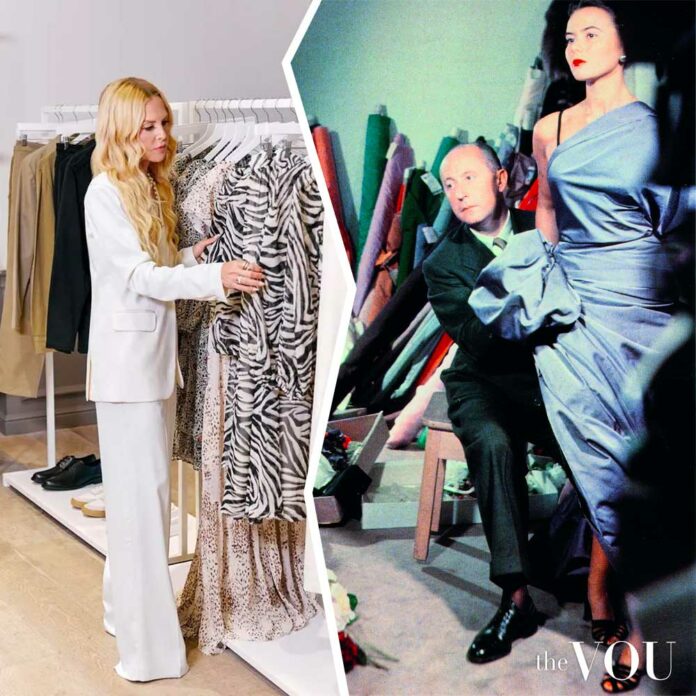In the sublime world of fashion, the roles of ‘Fashion Designer’ and ‘Fashion Stylist’ reign supreme.
While the domains of fashion designers and stylists overlap, these professions serve different but equally essential parts in the ecosystem of style and aesthetics.
There is a palpable interplay between fashion design and styling, with each role enriching the other.
Both roles require an astute understanding of aesthetics, patterns, motifs, styles, trends, materials, colours, industry, and cultural subtexts.
A garment created by a fashion designer gets full expression only when placed in a fashion stylist’s setting and narrative.
Conversely, fashion stylists exist through the work of fashion designers, who furnish them with the core substance of their craft.
What is a Fashion Designer?
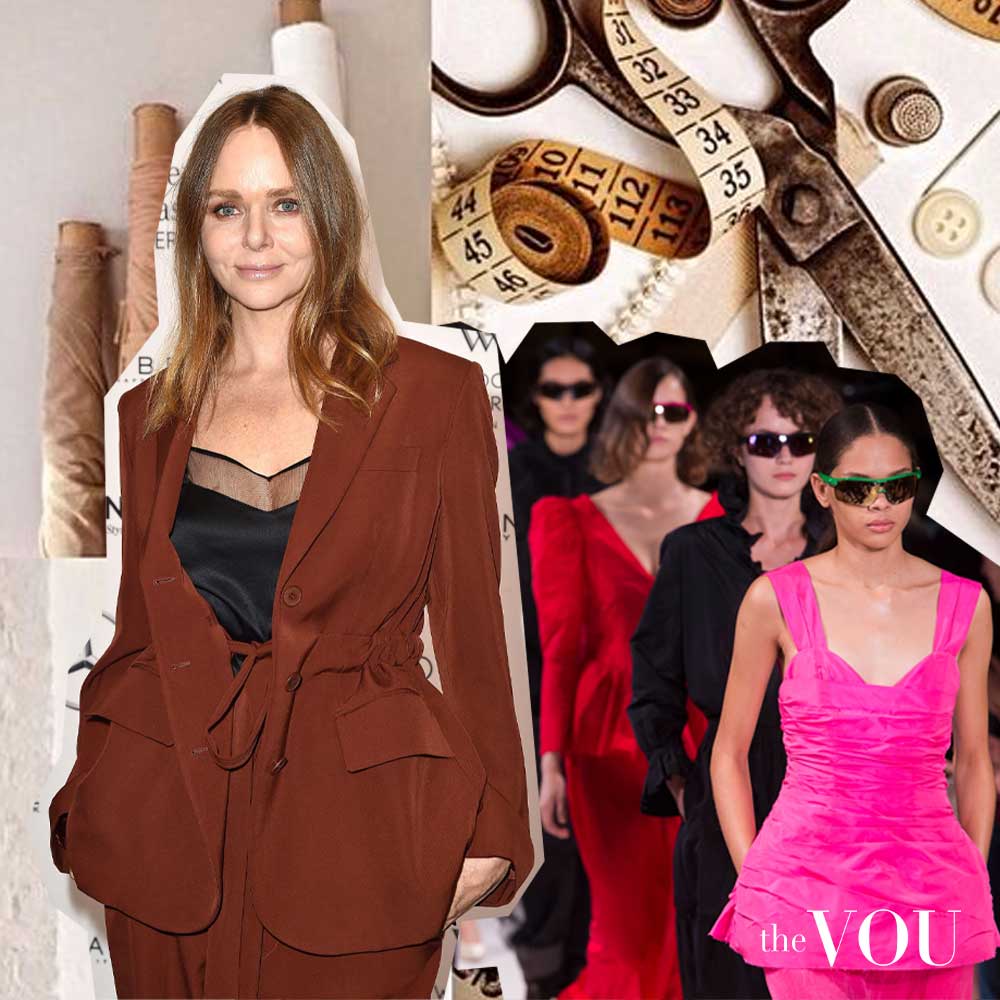
A fashion designer is the nucleus of fashion creations by sketching, designing, and creating clothing, footwear, and accessories, marrying aesthetics with functionality.
Fashion designers serve as the architects of the fashion world, laying the groundwork on which the industry is built.
In this sense, fashion designers are like sculptors, except their marble is fabric, and their chisels are needles and threads.
What is a Fashion Stylist?
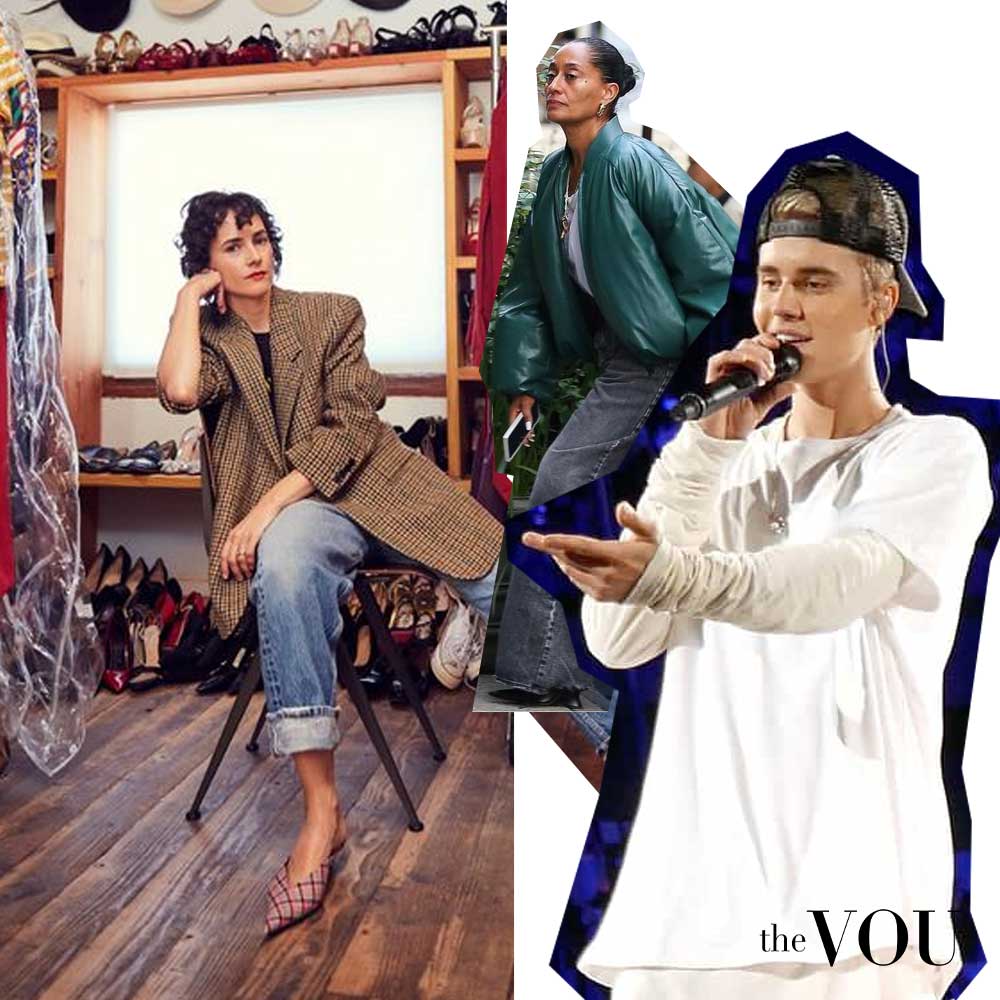
A fashion stylist is responsible for selecting, coordinating, and assembling individual outfits and broader looks based on a profound understanding of fashion theory, style, trends, and their live application.
Fashion stylists are the linguists of the sartorial language, mixing clothes, footwear, and accessories into coherent outfits that communicate specific ideas, values, group belonging, or emotions.
In this sense, Fashion stylists are the cartographers of the fashion world’s vast sartorial landscape, plotting routes that traverse aesthetic terrains and social milieus.
Designers vs Stylists – 6 Similarities
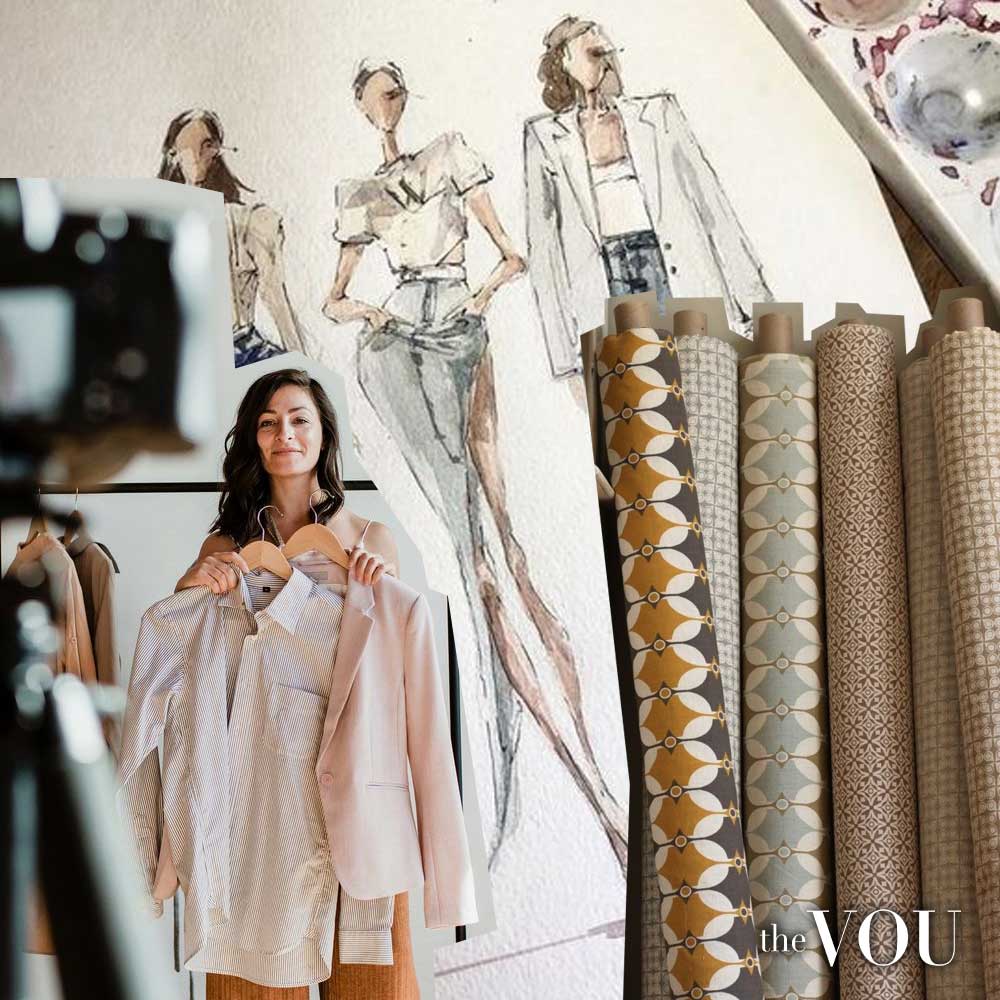
1. Similar Skills
Both fashion designing and styling professions require a profound understanding of aesthetics, patterns, motifs, and a discerning eye for colour palettes.
Translators of subcultures and their fashion styles, one brings them to life as unique outfits, while the other turns them into social and personal narratives.
2. Work on the Same Canvas
Fashion designers and stylists operate on a living canvas – the human form.
The fashion designer’s creation considers the drape of fabric on flesh, just as the fashion stylist must regard how different outfits, accessories, and footwear interact with each other and the wearer’s unique body type.
3. Excellent Knowledge of Fashion History and Styles
Fashion designers and stylists have a grounded understanding of fashion history and the ability to contextualize styles within broader social and historical paradigms.
Giorgio Armani doesn’t just design suits but creations that reflect a particular fashion style, era, and type of Italian masculinity.
Similarly, stylist Patricia Field didn’t just put clothes on the characters in “Sex and the City” but dressed them to depict New York’s feminine vibe of the late 1990s and early 2000s.
4. Huge Trendsetters
Fashion designers and stylists influence and are influenced by social undercurrents, geopolitics, trends, and the economics of their time.
Alexander McQueen’s creations were influenced by his understanding of British history, just as the fashion styling choices of Tan France in Netflix’s “Queer Eye” are challenging societal norms around masculinity and self-care.
5. Highly Adaptable
Fashion design and styling professions require adaptability, the ability to evolve their creations according to the prevailing winds of public taste, technological advances, fashion trends, and market demands.
Fashion designers must innovate each season, offering fresh designs and aesthetics that capture the zeitgeist.
Likewise, fashion stylists continuously adapt to new fashion trends and the evolving tastes of their clients by adopting new collections, aesthetics, and styles.
6. Excellent Collaborators and Team Leaders
Neither fashion designers nor stylists work in isolation.
Both collaborate with craftspeople, fashion models, buyers, photographers, and media to bring their visions to fruition.
Fashion stylists can only fulfil their role with the creations provided by fashion designers, and designers depend on stylists to present their work: vision, aesthetics, and style.
Designers vs Stylists – 5 Differences
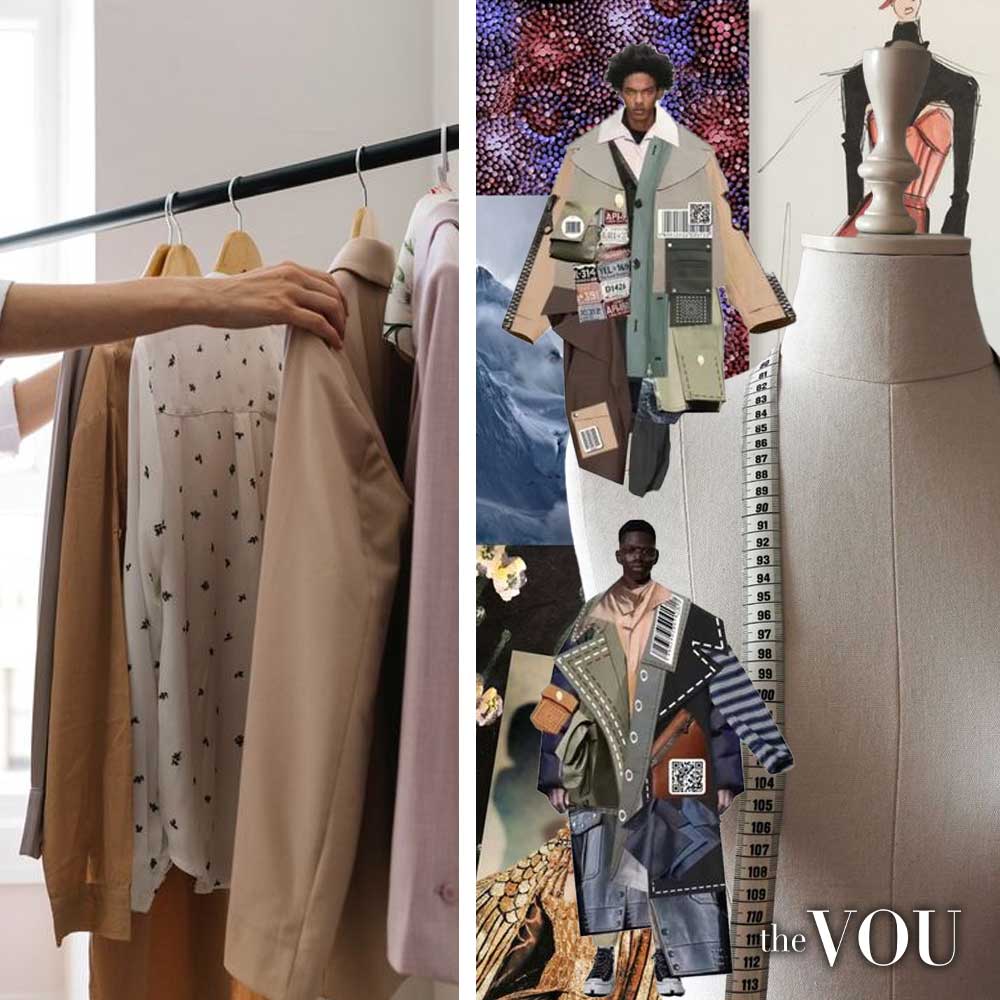
1. Designers Create – Stylists Curate
Occupying the realm of pure creation, fashion designers are the masterminds behind tangible entities like clothing, accessories, and footwear.
Functioning as visionaries and constructors, the task of a fashion designer is creation: imagine, conceive, and bring garments, accessories, and footwear to life.
While designers create the fashion alphabet, stylists form the sentences and language of fashion by mixing and matching “letters” to develop concepts that express a person’s uniqueness.
Stylists conduct meticulous research, consult historical archives, and foresee trends to synthesize an ensemble that aligns with the client’s demands, cultural milieu, and occasion specifics.
From editorial photo shoots to personal styling, even brand consulting, a fashion stylist is an interpreter and an assembler, taking existing garments and curating them to tell a new story.
2. Designers Design – Stylists Assemble Styles
Fashion Design is the artistic endeavour of conceiving, sketching, and realizing sartorial creations that fuse aesthetics with functionality.
While the garments and accessories emanate from the artist’s mind to render a vision wearable, the craft of Fashion Design is built on consumer psychology, socio-cultural influences, and technical expertise.
Fashion Design necessitates a robust understanding of the intricate fabrics of aesthetics, patterns, consumer demographics, and even the art of cutting and sewing.
Fashion Styling is orchestrating garments into coherent and compelling outfits by understanding aesthetic heterogeneity, socio-cultural signifiers, current fashion trends, and consumer needs.
Fashion Styling delves into the performative art of garment arrangement to provide individual or collective identities with a unique aesthetic voice.
3. Different Working Environments
Fashion designers can either belong to venerable fashion houses – think Karl Lagerfeld with Chanel – or venture independently like Ralph Lauren, who began with a line of men’s ties before expanding into a globally-recognised Preppy fashion style brand.
Fashion stylists serve across many platforms, from personal wardrobes to magazine editorials and celebrities to television shows and political campaigns.
Take, for instance, Ikram Goldman, who orchestrated the wardrobe for Michelle Obama during her tenure as the First Lady.
With a focus on perfecting a look for specific events, Goldman had to consider aesthetics, diplomatic, and cultural nuances to represent her client best.
Another excellent example of fashion stylist work is Ambrose, who tailored hip-hop’s visual narrative in the ’90s by styling icons like Jay-Z and Missy Elliott.
4. Different Education Routes
Most Fashion Designers seeking to work for famous houses require a substantial portfolio and a degree in fashion design showcasing an understanding of their craft.
After a long apprenticeship, the zenith of a fashion designer’s career path is to become a fashion house or own label Creative Director.
For fashion stylists, formal education in fashion may be beneficial but is optional, as experience and a robust portfolio of A-list clients will suffice.
Networking and apprenticeship under established fashion stylists are common routes, later specializing in editorial, personal shopping, or celebrity styling.
5. Different Revenues
For fashion designers, the financial overhead can be substantial as fashion designers need materials, a team, and a workspace.
However, once established, fashion designers can secure lucrative contracts and collaborations.
Unlike fashion designers, stylists require less overhead as the primary investments are time and travel.
The income varies widely and is often project-based, but successful celebrity stylists command high fees.
Iconic Fashion Designers
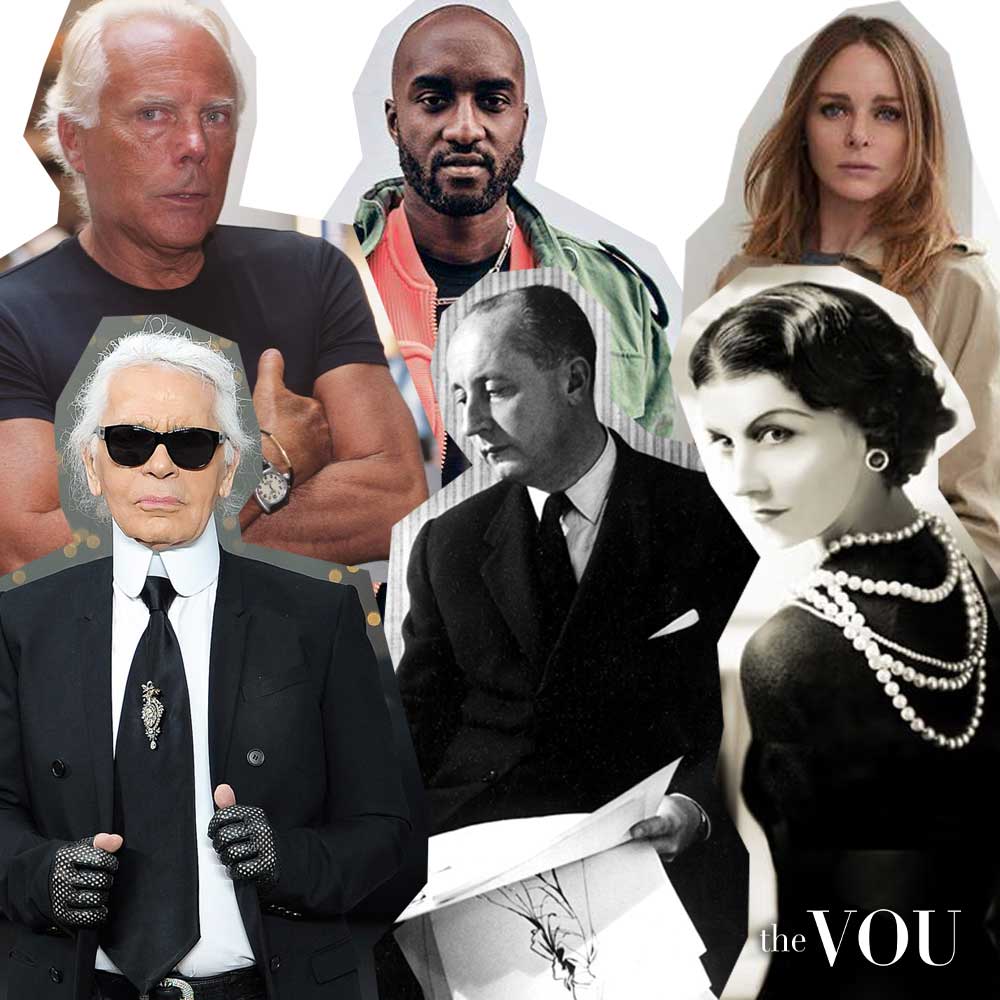
As an example of a successful fashion designer, here are some of the most iconic fashion designers the world has ever known.
Coco Chanel – Chanel revolutionised women’s fashion by introducing the Little Black Dress, which balanced visual appeal with practicality and comfort.
Karl Lagerfeld – The late Karl Lagerfeld led multiple fashion houses, including Chanel and Fendi. Lagerfeld was not merely an artist but a visionary who understood the symbiotic relationship between aesthetic splendour and functional integrity.
Christian Dior – With a focus on femininity and high-end women’s clothing, Dior is recognized as one of the most influential fashion designers in women’s couture and evening wear.
Giorgio Armani – Armani’s craftsmanship represents a harmonious balance between aesthetic magnetism and functional ease.
Stella McCartney – Stella McCartney is a celebrated British fashion designer for her visually captivating and ecologically responsible creations.
Virgil Abloh – The late Virgil Abloh started his fashion design career with his streetwear label Off-White, later becoming the artistic director of Louis Vuitton’s men’s wear collection.
Rei Kawakubo – Rei Kawakubo, the brain behind Comme des Garçons, pushes the boundaries of fashion, challenging the norms of silhouette, construction, and even fabric choice.
Iconic Fashion Stylists
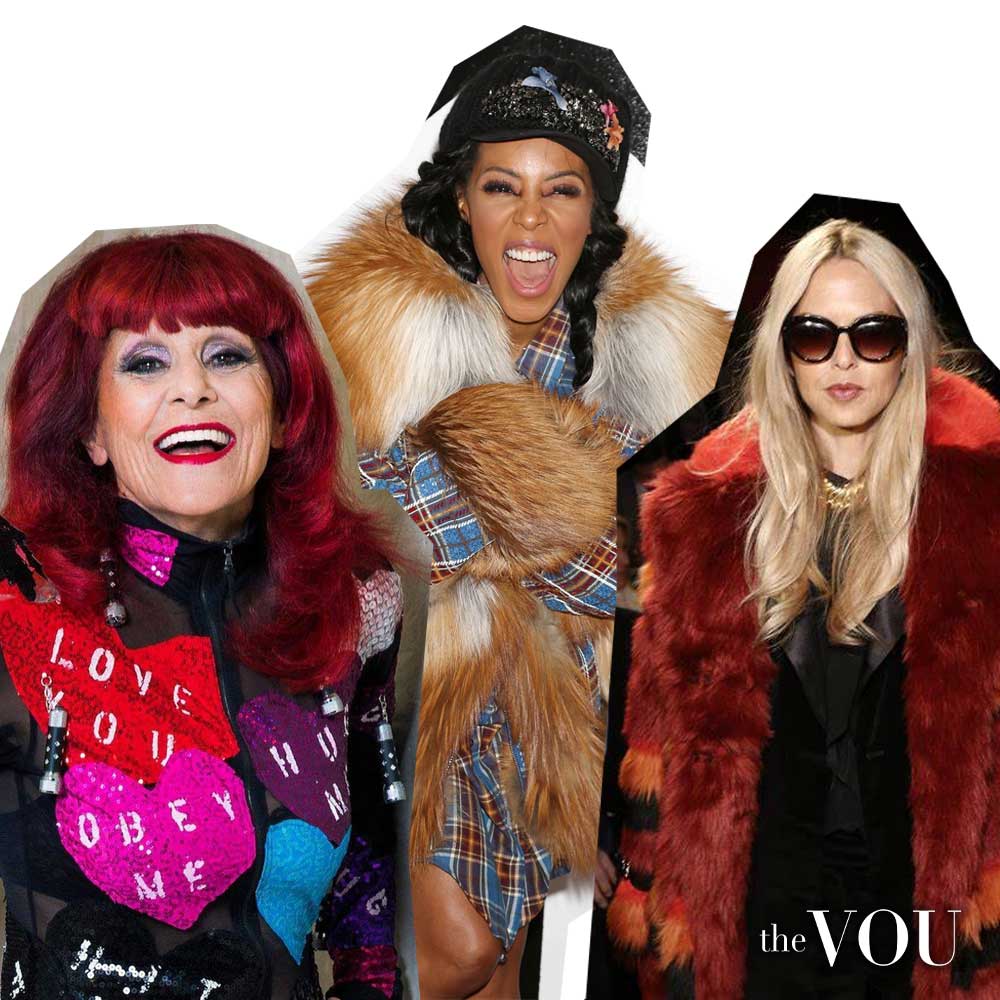
Here are some of the most famous fashion stylists to date who style the world’s most famous politicians, movie stars, and music celebrities.
Rachel Zoe – Renowned for her work with numerous celebrities, Rachel Zoe is a paradigmatic example. Zoe’s aptitude for combining seemingly disparate items has made her a sought-after name amongst celebrities and high-profile people.
June Ambrose – Another stellar example is June Ambrose, who was elebrated for her work in music videos, particularly with hip-hop artists. Ambrose has transformed stars into icons through meticulous outfit selections, demonstrating the power of styling in building a public image.
Patricia Field – Renowned for her work in “Sex and the City,” fashion stylist Patricia Field employs blends of couture and streetwear, vintage and contemporary, to create unique sartorial personalities.
Karla Welch – Renowned for her work with Justin Bieber and Tracee Ellis Ross, Karla Welch assesses the client’s style, scrutinizes the thematic background, and then crystallises her findings into visually coherent outfits well rooted in past fashion styles.
Dianne Garcia – Stylist Dianne Garcia’s work in the music industry exemplifies how fashion stylists can be instrumental in non-traditional fashion domains like album covers, music videos, and even political campaigns.
Conclusion
In the majestic realm of fashion, fashion designers and stylists are like composers and conductors, each critical but serving a distinct role.
One conceives, and the other interprets. One offers the vocabulary; the other constructs the prose.
Designers and stylists contribute to the sartorial symphony that shapes and reshapes our world’s aesthetic and cultural contours.
After years of managing hundreds of fashion brands from London's office of a global retailer, Mandy has ventured into freelancing. Connected with several fashion retailers and media platforms in the US, Australia, and the UK, Mandy uses her expertise to consult for emerging fashion brands create top-notch content as an editorial strategist for several online publications.
A passionate advocate for inclusivity and diversity, Aidan is the driving force behind The VOU as its Editorial Manager. With a unique blend of editorial acumen and project management prowess, Aidan's insightful articles have graced the pages of The Verge, WWD, Forbes, and WTVOX, reflecting his deep interest in the dynamic intersection of styling with grooming for men and beyond.
Currently, the community manager of Platini Jeans - Los Angeles, Betzaida Ruiz is a seasoned fashion, beauty, and lifestyle author with expertise as a personal shopper for 'Personaling' Spain and 'Personaling' Venezuela, and editorial contributions for L'Oréal, Escales Paris, Origins, AVA9 Australia, Beauty Blender, Rosegal, Dresslily, Germaine de Capuccini, Stileo, Beauty Check, Ollia Tzarina, Herbolario Rosana, Perfumerias Laguna, GoldSea Swimwear, and of course, The VOU.
With years of expertise in high-end fashion collabs and a PhD in Sustainable Fashion, Ru specialises in eco-luxe wardrobes for the modern gentleman seeking understated refinement.


